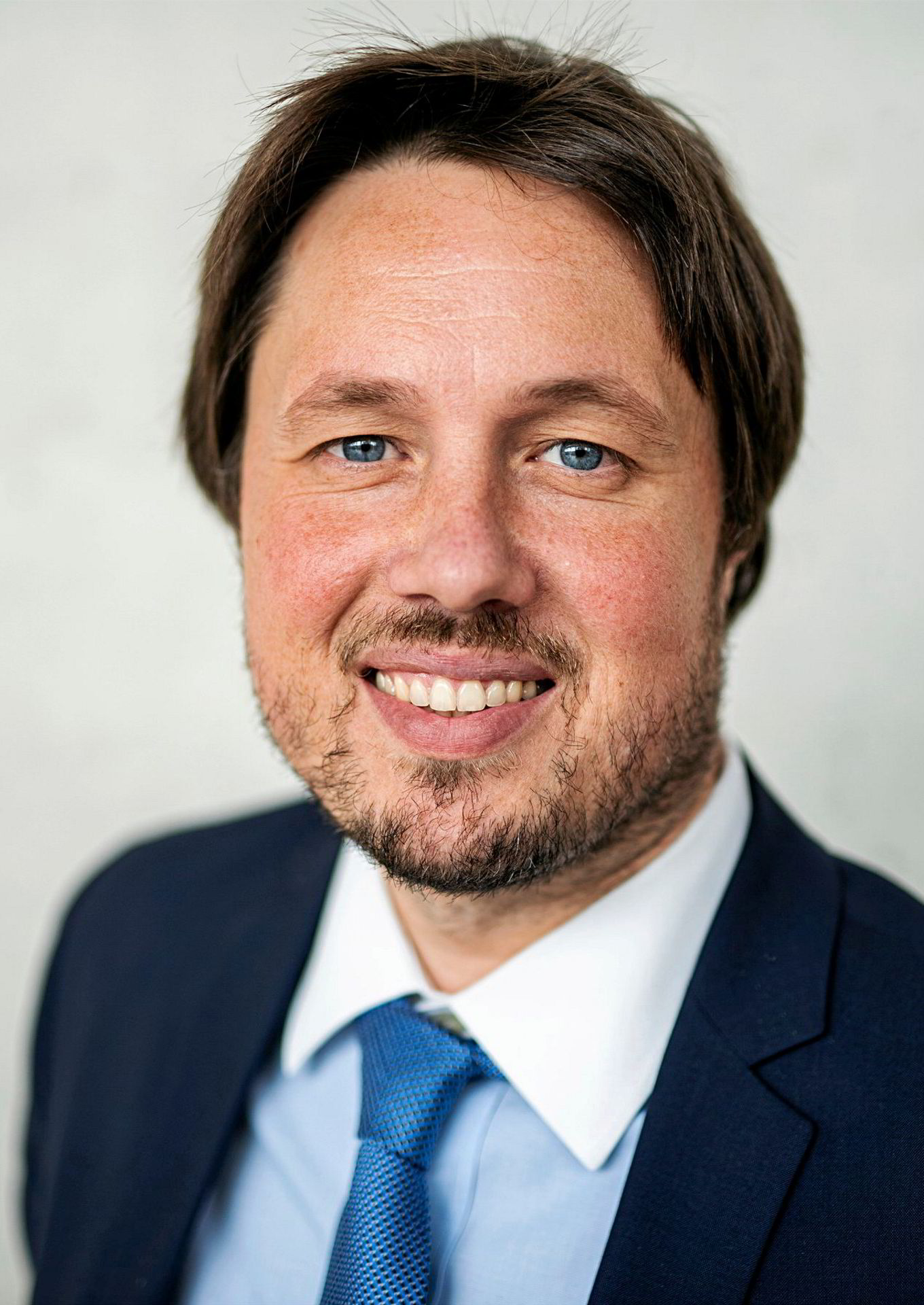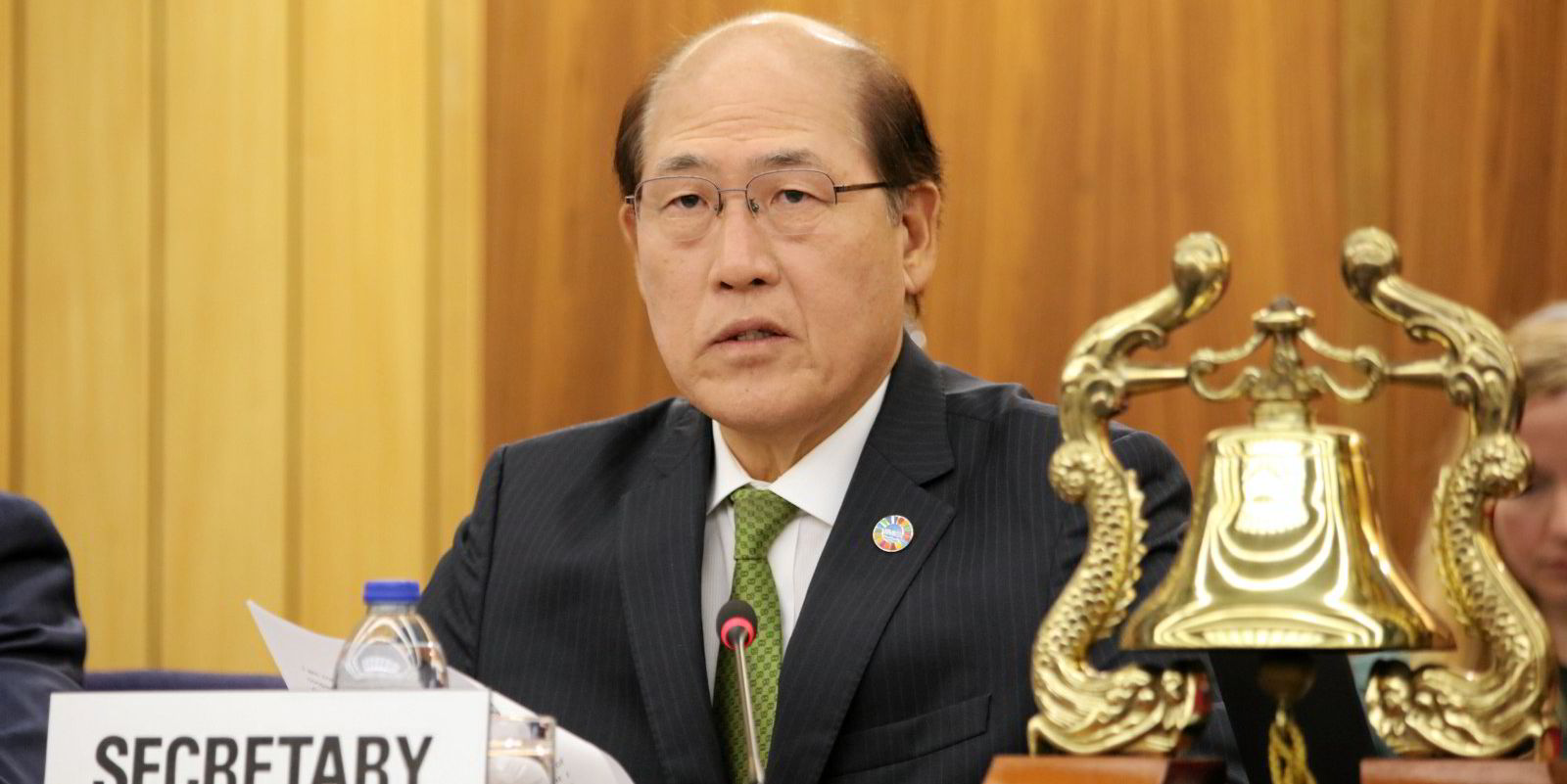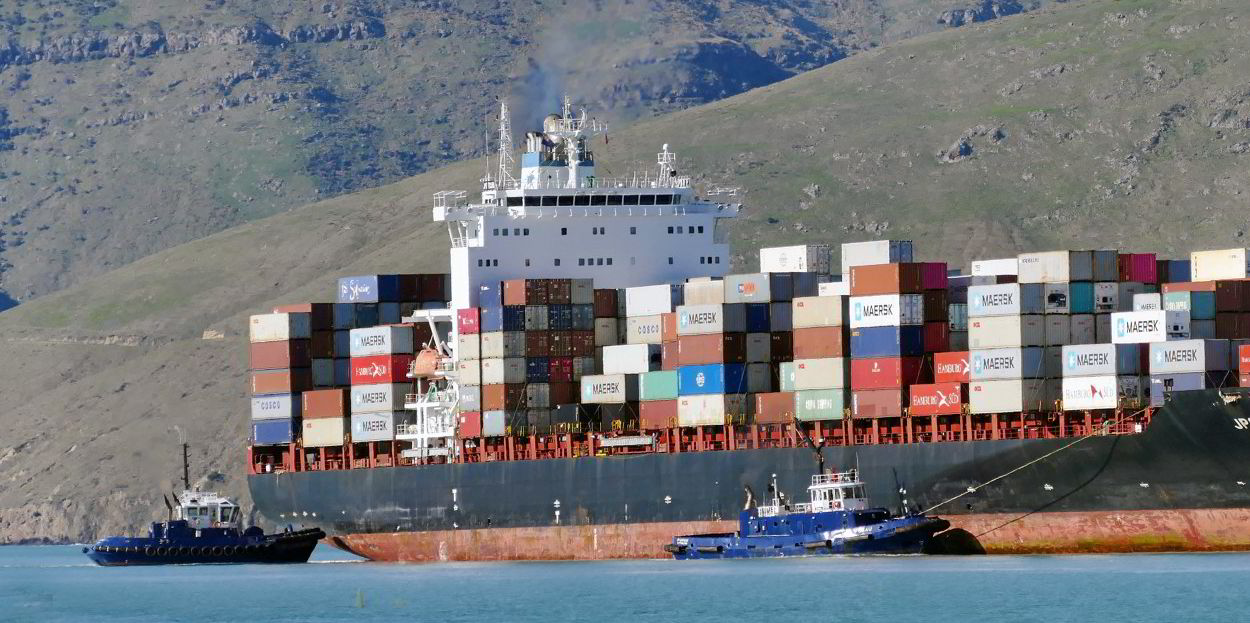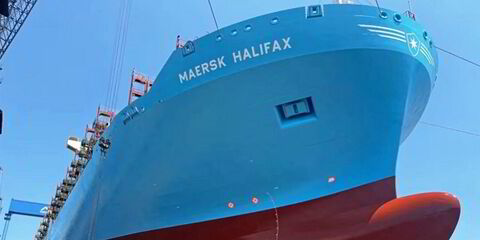Engine technology group Wartsila has decided to upgrade its membership in the Maersk Mc-Kinney Moller Center for Zero Carbon Shipping.
The move reflects the group’s willingness to become more deeply involved in the direction of maritime-industry-wide decarbonisation.
Wartsila has taken a mission ambassador role with the green shipping research and development organisation that brings together expertise across the shipping and alternative fuel technology and supply industries.
Stepping up from the status of project partner means Wartsila gets greater visibility and can be more influential in bringing industries and skill sets together to achieve greener shipping, rather than just taking part in specific projects, said Andrea Morgante, vice president of strategy for the marine power business.
The Italian-born engineer, who is based in Norway, said the move is part of Wartsila’s belief that ecosystem thinking is important because decarbonisation necessitates involvement with a wider range of companies and industries than its normal customer base.
“The only way to deal with a challenge this big is to bring together companies with different kinds of technologies and look at problems end to end,” he said.
As a project partner with the centre, Wartsila worked on the NoGaps scheme to develop a concept for an ammonia-powered gas carrier, which would be transporting the chemical as cargo and using it as a zero-emissions fuel.
But Morgante said the challenge of alternative fuels is not one of technology but rather infrastructure and distribution.
“The challenge is the availability of the fuel, and organisations like the centre can create more clarity on the nuances of the challenges — how we have to work simultaneously together on many dimensions of the problem.
“Technology is a dimension we are addressing as Wartsila, but we need other companies addressing the infrastructure, regulation and fuel availability. Otherwise, there is a chicken and egg problem that never gets us to the solution,” he said.

Wartsila is involved in other collaborative development groups as well, such as the Getting to Zero coalition, but there is a need to connect more with efforts in Asia as the process has so far been led mainly by Europe and the US.
“We have made leaps in connecting the value chain. The next step is to connect the east and the west. Many of these initiatives are very much western related,” Morgante said.
From its technology perspective Wartsila is pursuing a multifuel strategy along separate timelines for methanol, ammonia and hydrogen.
The group received its first order for newbuilding methanol-fuel capable engines from Dutch company Van Oord earlier this year when it ordered five Wartsila 32 engines for an offshore wind turbine installation vessel being built at Yantai CIMC Raffles Shipyard in China.
The methanol-fuelled engines will also be offered for retrofits starting in 2025.
Morgante said the group has two full-scale, four-stroke engines undergoing advanced laboratory testing with both liquid and gas ammonia fuels to study combustion and exhaust gas processes. A Grieg ammonia tanker is planned for launch in 2024 using the new Wartsila 25 engine.
External experts say methane and nitrous oxide emissions and purging the fuel from engines after they stop running are still issues to be solved with ammonia.
“We are developing at extremely fast speed,” Morgante said as part of a process whereby ship owners are coming to the company wanting specific types of engine power, tank and fuel systems.
Wartsila has succeeded with a 25% blend of hydrogen into LNG and is testing ways to take it to 100% as a concept by 2025, but the application is more likely to be used on land rather than at sea.
The effort to retrofit the existing fleet, also involving WinGD two-stroke engines, is a necessity to hit emission-cutting targets, Morgante added.
“Maybe we have to change the name. Retrofit has a connotation of something done halfway through the life of a vessel to regain efficiency, but we are seeing this as a potential upgrade either because the market was not mature or there was not the fuel before,” he said.
The skills required to design them are not exactly the same, but once newbuild engines have been produced it will be possible to import the technology to retrofit kits, he added.
But the supply of alternative fuels is still to an extent unanswered and is part of the ethos of becoming involved in bodies like the Moller Center and Getting to Zero.
“These are the forums where you bring people together from different parts of industries to discuss solutions and are instrumental in helping politicians set the right regulations,” Morgante said.
Wartsila has started development of methanol and ammonia four-stroke engines with smaller bore sizes used for propulsion mainly by shortsea shipping and larger ships as auxiliary engines.
Once it has fully settled how the smaller engines work, Morgante said, larger units will be in the group’s scope. It would be a fairly rapid process to scale up once issues have been solved, he added.
The company no longer manufactures two-stroke engines since selling that part of the business to China State Shipbuilding Corporation in 2014 but provides servicing for WinGD two-stroke designs and is developing retrofits for them.





